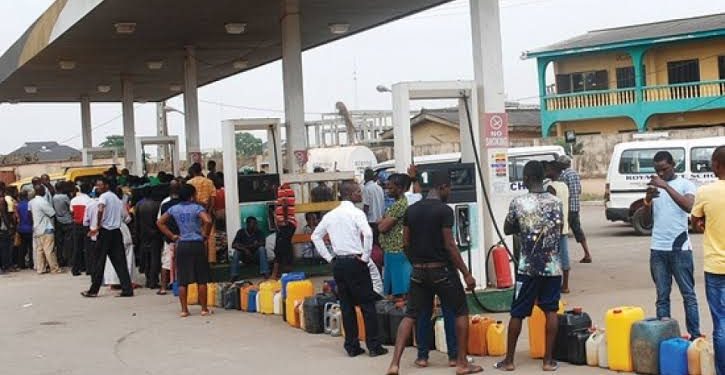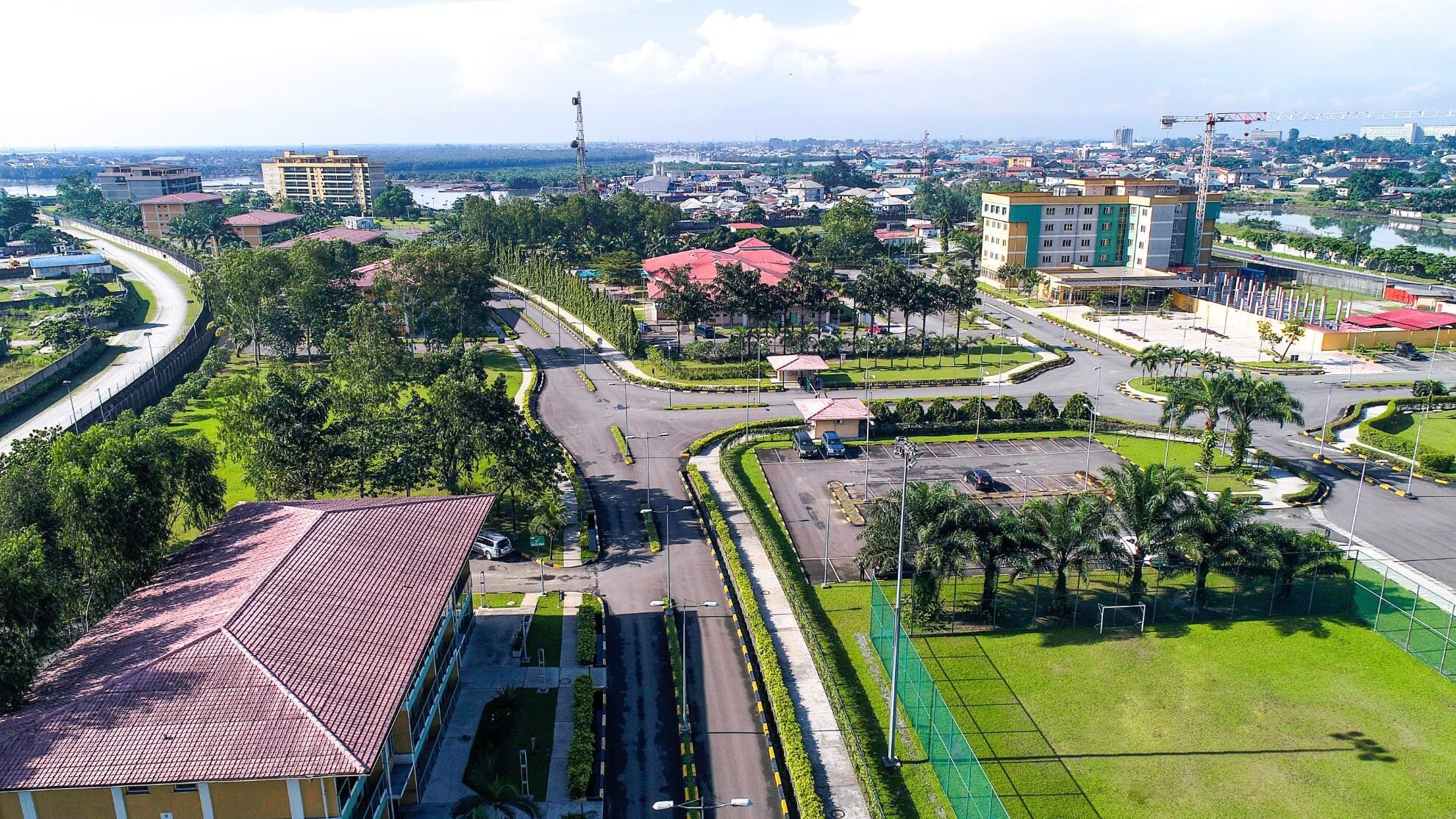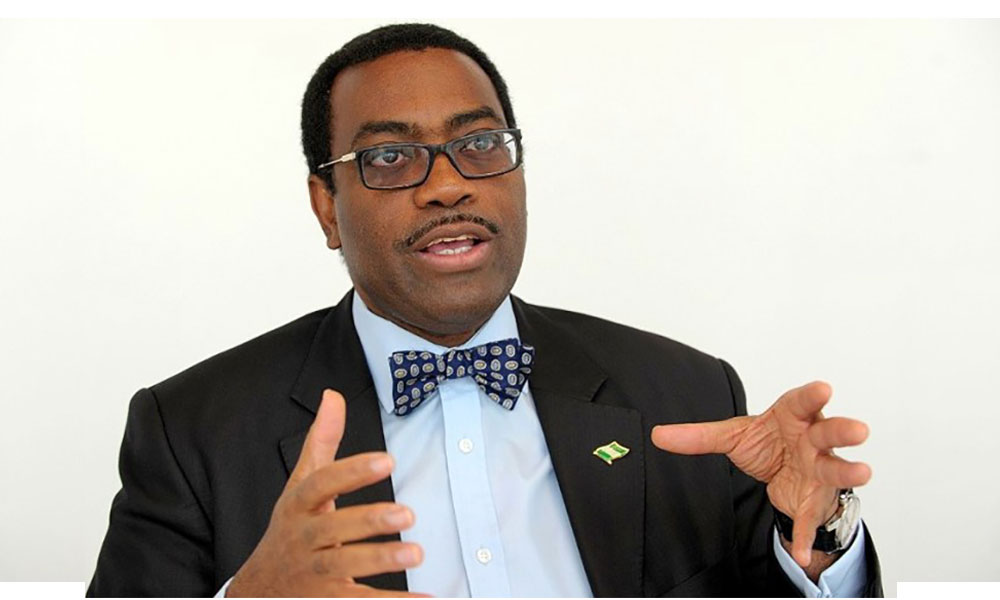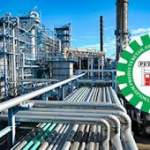Oil marketers in Nigeria have attributed the growing scarcity and high prices of Household Kerosene (HHK) to declining demand and low consumer patronage. Despite widespread complaints over the limited availability and soaring prices of kerosene, industry leaders say shifting consumption patterns are largely to blame.
The President of the Petroleum Retailers Outlet Owners Association of Nigeria (PETROAN) explained that changing preferences have led to a significant drop in kerosene use. He noted that HHK is designed solely for domestic purposes, unlike Dual-Purpose Kerosene (DPK), which can be used for household needs as well as aviation fuel, commonly known as JET A-1 or Aviation Turbine Kerosene.
He pointed out that while kerosene once replaced traditional firewood as a common household fuel, the rise of Liquefied Petroleum Gas (LPG) has now displaced both HHK and DPK. This shift has left marketers struggling to sell existing allocations, with reports that it can take months to exhaust a 45,000-litre kerosene supply. According to him, the slow turnover and narrow profit margins make it difficult for retailers to maintain stock or operate sustainably.
He also clarified that the Nigerian National Petroleum Company Limited (NNPC Ltd.) supplies only HHK for domestic use, and denied allegations that kerosene is being mixed with aviation fuel. He stressed that NNPC Ltd. explicitly warns marketers against such practices and advised consumers to buy only from approved stations with certified product allocations.
Supporting this view, the President of the Independent Petroleum Marketers Association of Nigeria (IPMAN) also confirmed that the decline in kerosene demand is due to the increasing preference for LPG. He noted that marketers still load kerosene from the Port Harcourt and Dangote refineries but face similar challenges with slow sales, often taking over two months to sell the product.
With limited availability at official outlets, many consumers now rely on the black market, where kerosene is sold at highly inflated prices ranging between N1,500 and N2,000 per litre. This situation continues to impact low-income households who depend on kerosene for cooking and lighting, especially in areas with limited access to LPG infrastructure.










